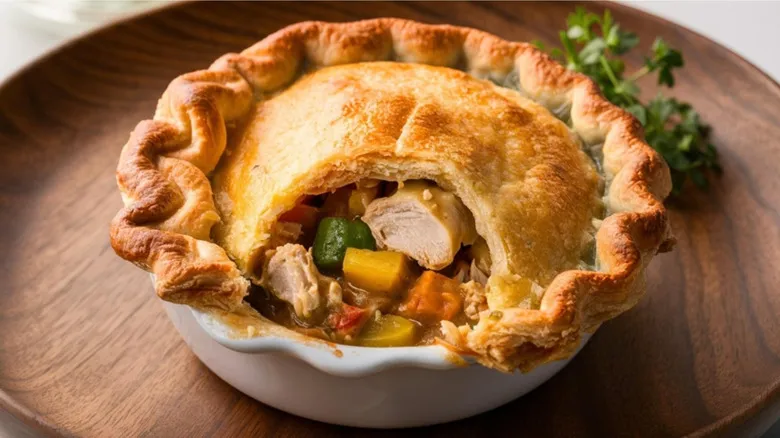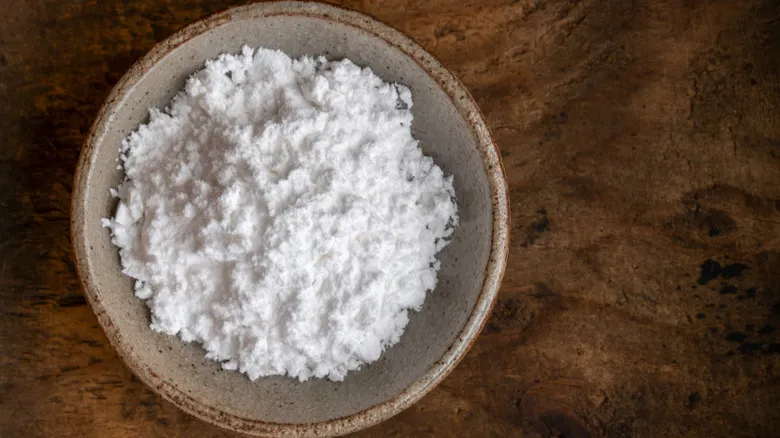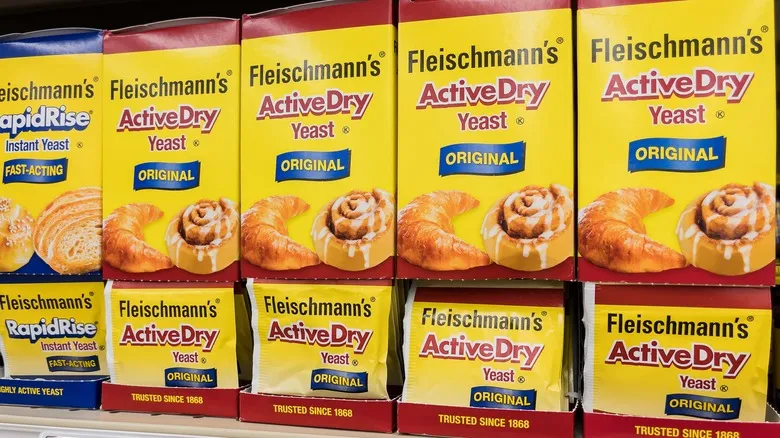Choosing the right yeast

Active dry yeast and instant yeast are quite similar and can often be used interchangeably with just a few minor adjustments. If a recipe specifies one type and you have the other, there's no need to worry—it's easy to make the switch. When substituting instant yeast for active dry yeast, you’ll need to allow extra time for the dough to rise. In most cases, the final results will be nearly the same, and only the most experienced bakers might detect a difference.
That said, some recipes do prefer one type of yeast over the other. Active dry yeast tends to perform better in doughs that require chilling, as instant yeast may not thrive in colder conditions. Additionally, for recipes that involve a double rise, active dry yeast may yield better results, since instant yeast can cause the dough to rise excessively during the first proofing. Active dry yeast is particularly effective in recipes that benefit from slow fermentation. For artisan breads or sourdough, where flavor development is key, it provides a gradual fermentation process that enhances complexity. Conversely, instant yeast is typically favored for bread machines due to its quicker proofing time.
Ultimately, the best yeast is the one you feel most comfortable using. If you have a preferred type that consistently delivers great results, stick with it. Both types freeze well for several months and reliably produce delicious bread. Whether you’re a casual or experienced baker, the differences are subtle enough that you can confidently use whichever yeast you have available.
Recommended

The Expert-Approved Tip For Upgrading Homemade Chicken Pot Pie

Easily Upgrade Your Apple Pie With One Warm Spice

How To Easily Turn Store-Bought Yellow Cake Mix Into Spice Cake

5 Simple Substitutes For Cream Of Tartar In A Recipe
Next up

